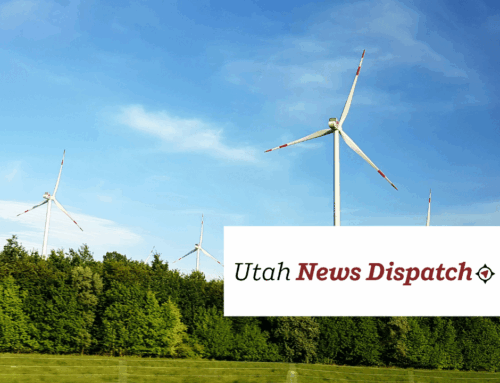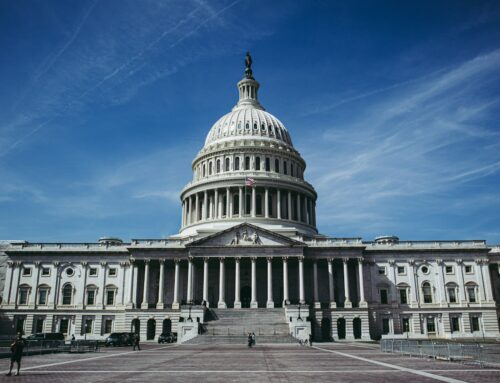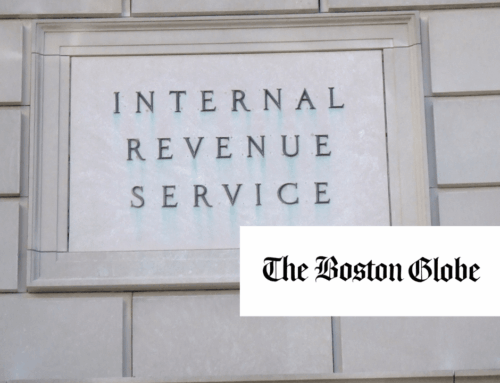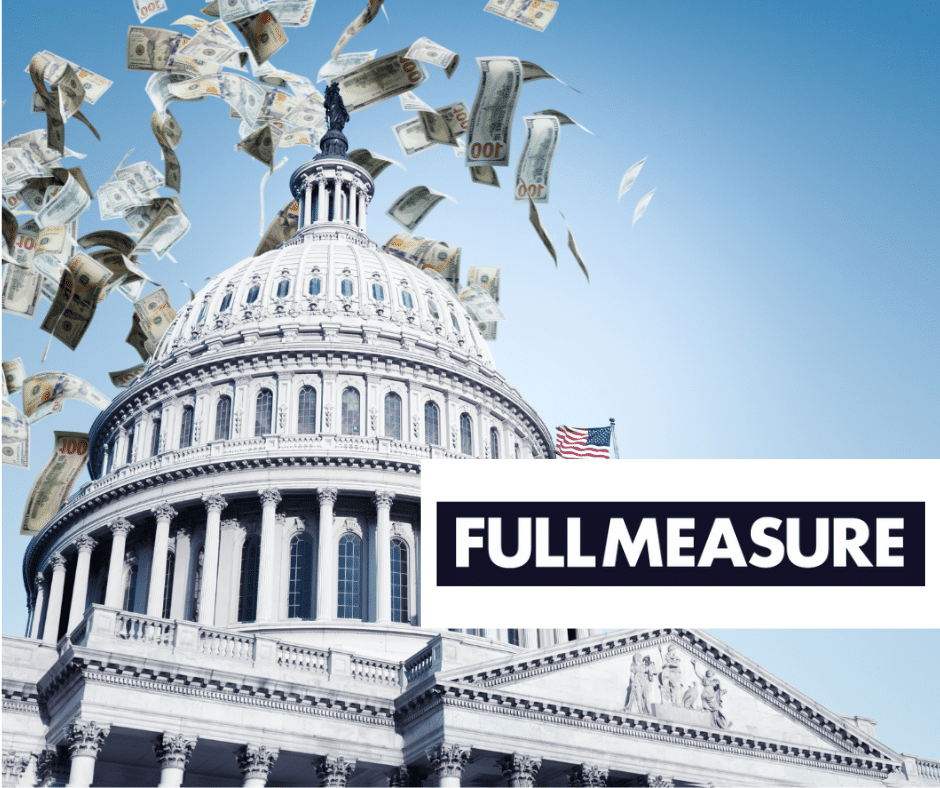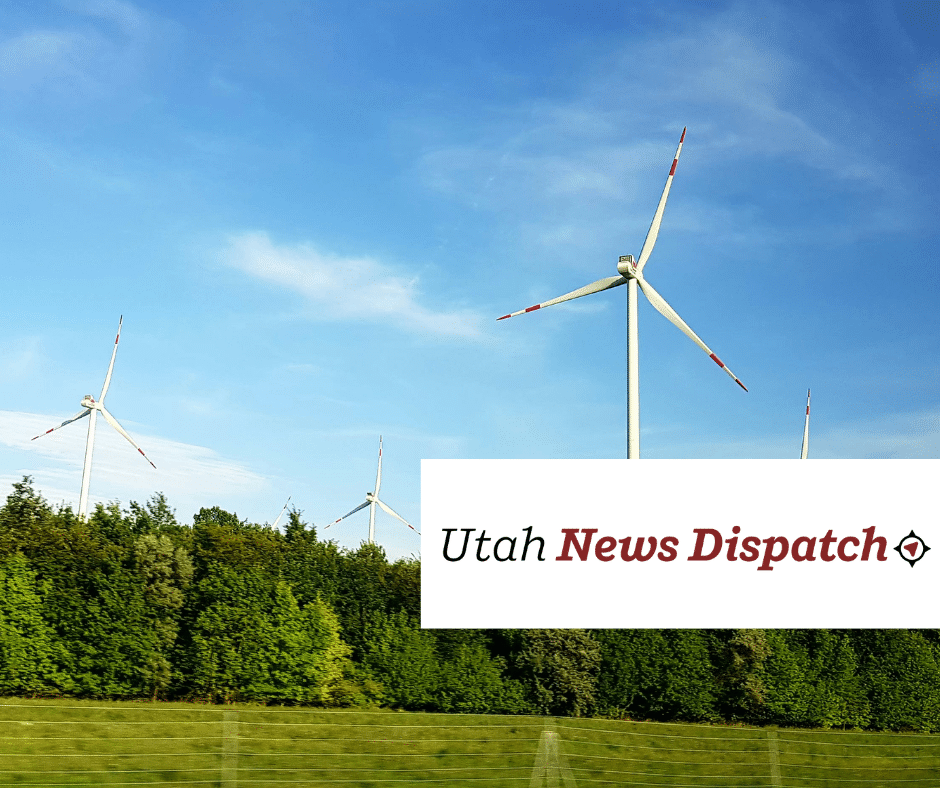In reviewing fiscal year 2023, the Congressional Budget Office (CBO) has been forced to confront the shortcomings of its own forecasts. The venerable institution, which is the official scorekeeper for the costs of proposed legislation, is usually adept at navigating the choppy waters of economic forecasting. This year, however, it found itself adrift in a year marked by costly unpredictability.
To be clear, projections are a tricky business, so this isn’t intended as some Monday morning quarterbacking of CBO’s work. Rather it is a recognition of the limitations CBO faces, and a call for lawmakers to exercise more humility when touting the predicted fiscal costs (or savings) of their proposed tax and spending changes. Because reality often unfolds differently and more costly than CBO projects.
In doing this report, CBO reviewed its FY23 budget projections that it published in May 2022. As FY23 went from projection to reality, there were a number of differences.
The CBO’s revenue projections for the year overestimated the actual intake by a notable $500 billion, an 11 percent deviation from reality, and a figure that comfortably doubles the average error margin since 1983. On the expenditure front, the forecast was equally askew – undershooting by $600 billion, a 9 percent discrepancy, and a figure dwarfing the average miscalculation of the past three decades.
The deficit projection for FY23 was optimistically pegged at $1.0 trillion, a figure that ultimately turned out to be double that, $2 trillion, underscoring the challenge of fiscal prediction in an era of economic volatility. This discrepancy represents 3.9 percent of the Gross Domestic Product (GDP), a significant deviation exceeding three-and-a-half times the typical absolute error rate of 1.1 percent of GDP in the agency’s deficit projections from 1985 to 2022.
The primary culprits in this miscalculation were an overestimation of individual income tax receipts and a significant underestimation of net interest outlays and higher education spending – factors collectively responsible for the lion’s share of the deficit discrepancy. Net interest outlays refer to the government’s interest expenses on its debt minus the interest income it receives on loans and investments.
The underestimation of net Interest outlays, by a substantial 21 percent, points to a larger issue at hand – the rising costs of servicing the national debt. This situation has been exacerbated by the Federal Reserve’s interest rate hikes, the highest in 22 years, aimed at curbing inflation. The rise in interest rates has increased the yields on Treasury securities, making debt servicing more expensive, increasing total outlays by 0.5 percent of GDP in FY23 relative to FY22. The CBO expects net interest outlays to more than double over the next decade.
Budget scoring rules restrict the CBO from anticipating changes in law when making their assumptions. So, compounding the challenge for the CBO were legislative developments and administrative actions that deviated from initial assumptions of a static legislative environment. Events that effected the budgetary outlook in either direction include the Supreme Court’s blocking of the Student Loan Forgiveness Program, the Fiscal Responsibility Act’s clawback of COVID-19 relief funds, and the unexpected fiscal implications of the Inflation Reduction Act’s green-energy tax breaks.
Looking ahead, the CBO’s projections suggest a fiscal path fraught with many challenges. Deficits are expected to fluctuate, peaking at levels not seen since right after the Second World War and the coronavirus pandemic. As of November 2023, servicing the national debt ate up 16 percent of federal spending, about the same as the government spends on defense. The U.S. federal government’s debt is projected to rise significantly. As of the end of 2023, the total amount owed by the federal government crossed a new milestone when it hit $34 trillion on December 29, 2023.
For 2024, the CBO projects a deceleration in real GDP growth to 1.5 percent, down from 2.5 percent in 2023, attributing this slowdown to weakened consumer spending and a contraction in private investments. Yet, there is a glimmer of optimism for 2025, with growth expected to rebound to 2.2 percent, buoyed by lower interest rates and an improving financial landscape. CBO believes inflation will inch closer to the Federal Reserve’s target, dropping to 2.1 percent in 2024 and then slightly up again to 2.2 percent in 2025.
The fluctuating economic landscape, marked by shifts in GDP growth, inflation, and labor market dynamics, necessitates a federal budget that is both adaptable and anticipatory. Slower economic growth could signal lower tax revenues, posing challenges for budget balance and deficit management. Meanwhile, the extended outlook to 2034 serves as a reminder of the enduring impact of today’s fiscal decisions, emphasizing the critical role of long-term planning in federal budgeting.
The bottom line for anyone reading this report should be the realization that there is no slack in the federal budget. Instead of planning for unforeseen future budgetary shocks like a pandemic or large scale disasters, policymakers’ instincts in too many cases is to cut revenue and expand spending. Policymakers need to focus on fiscal solutions that reduce the federal government’s debt growth as a percentage of GDP. That will make life easier for CBO and future generations.


